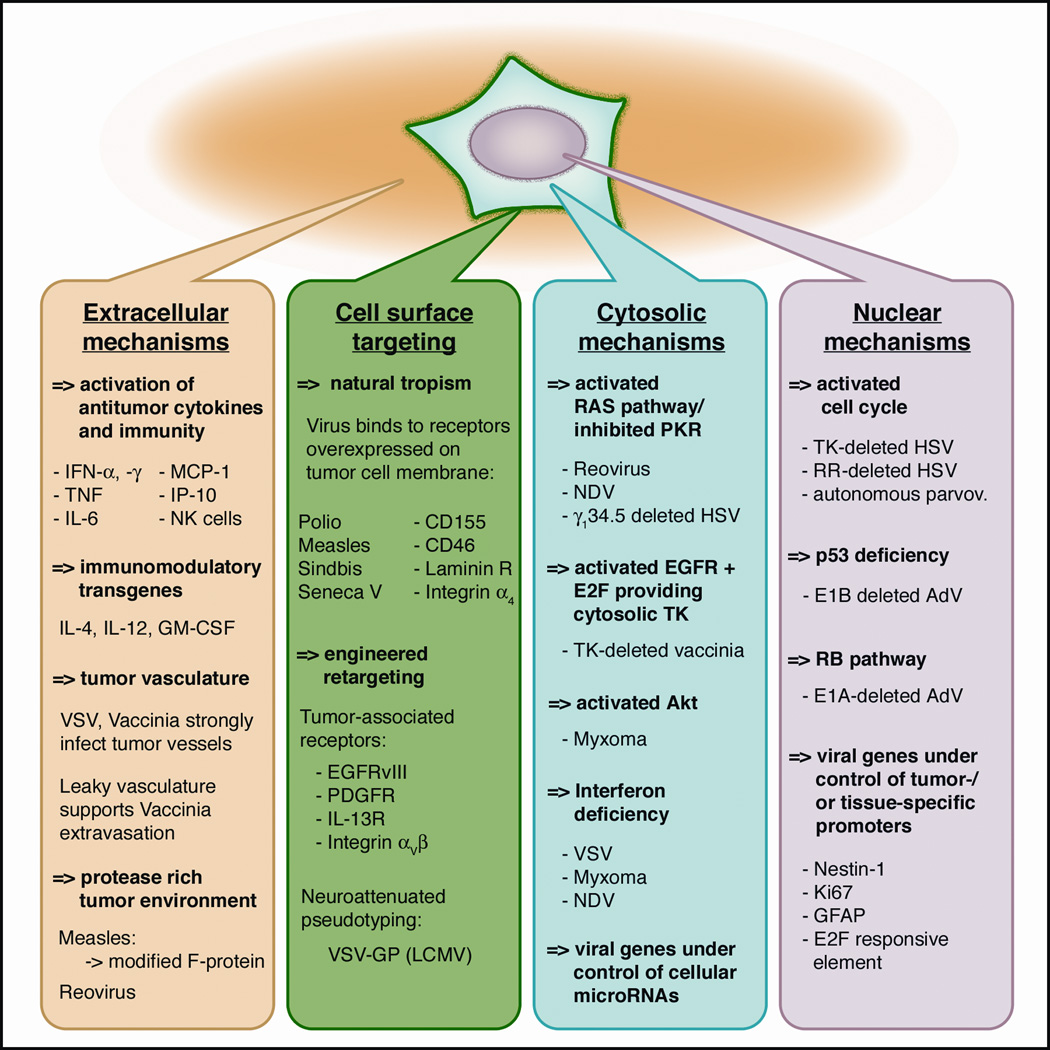Figure 2. Mechanisms for selective oncotropism and oncolysis.
Molecular mechanisms determining tumor-selective viral infection and replication are grouped schematically based on the cellular compartment of tumor-virus interaction. (I) Extracellular compartment. Some oncolytic viruses (OVs) can exert selective tumor suppression through induction of cytokine production. OV’s can selectively attack vasculature in tumors and tumor-associated matrix proteases can augment virus attack. (II) Tumor cell membrane. Naturally occurring oncotropic viruses bind to tumor-associated surface receptors. OVs can be engineered to enhance tropism to aberrant tumor receptors. (III) Cytosol. Tumors with aberrant signaling cascades (RAS) and antiviral defense (PKR and IFN) can be targeted by a number of OVs. (IV) Nucleus. Activated cell cycle and nucleotide synthesis in transformed cells enable replication of gene-deleted OV mutants. Expression of viral genes can be engineered to be under control of tumor-specific promoters. Abbreviations: IL, interleukin; GM-CSF, Granulocyte-macrophage colony-stimulating factor; LCMV, lymphocytic choriomeningitis virus; PKR, protein kinase R; TK, thymidine kinase, GFAP, glial fibrillary acidic protein.

